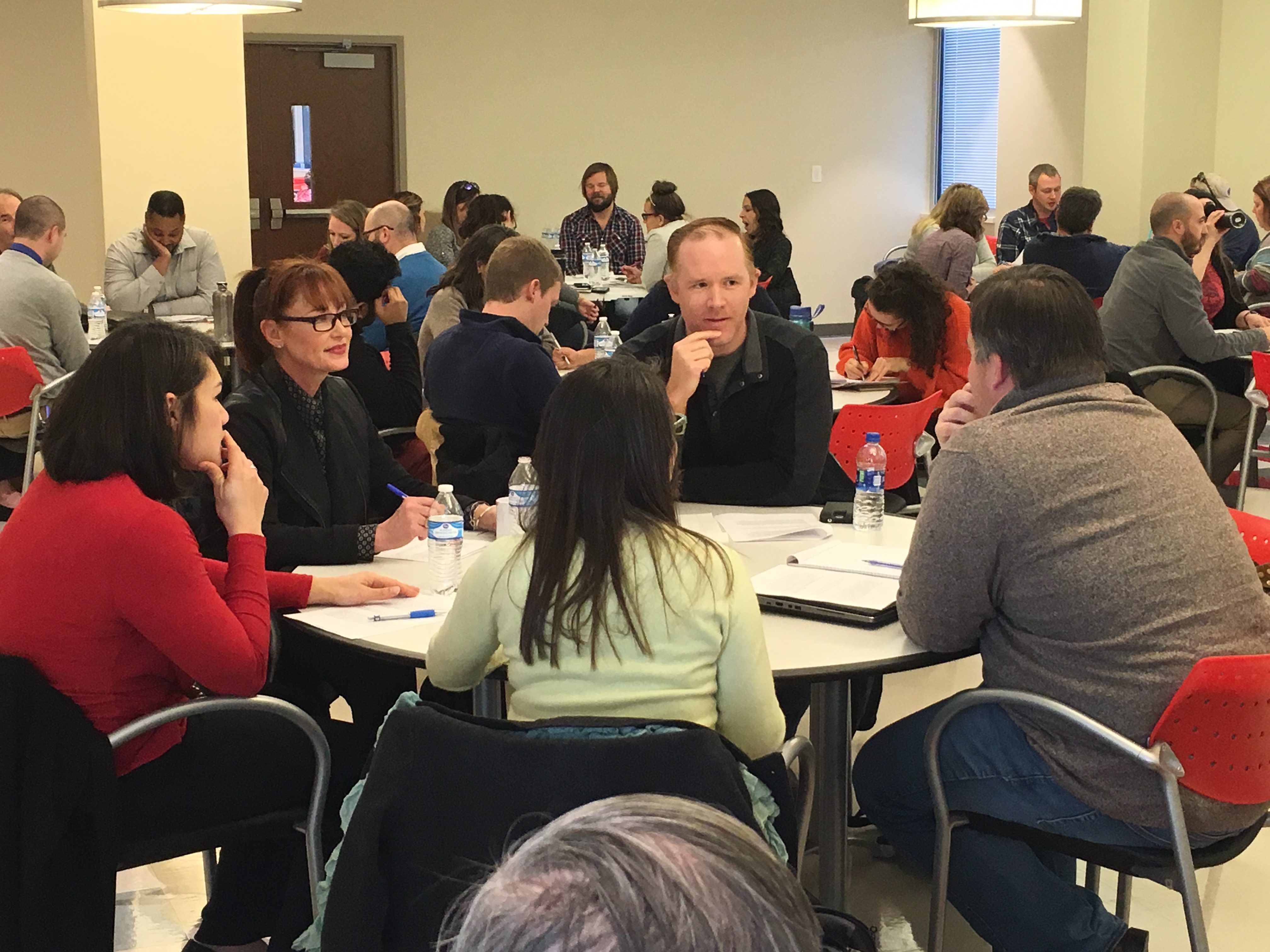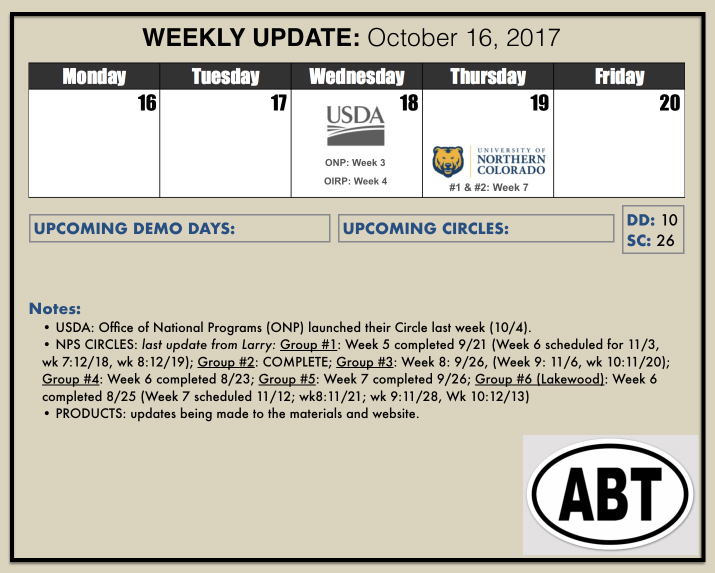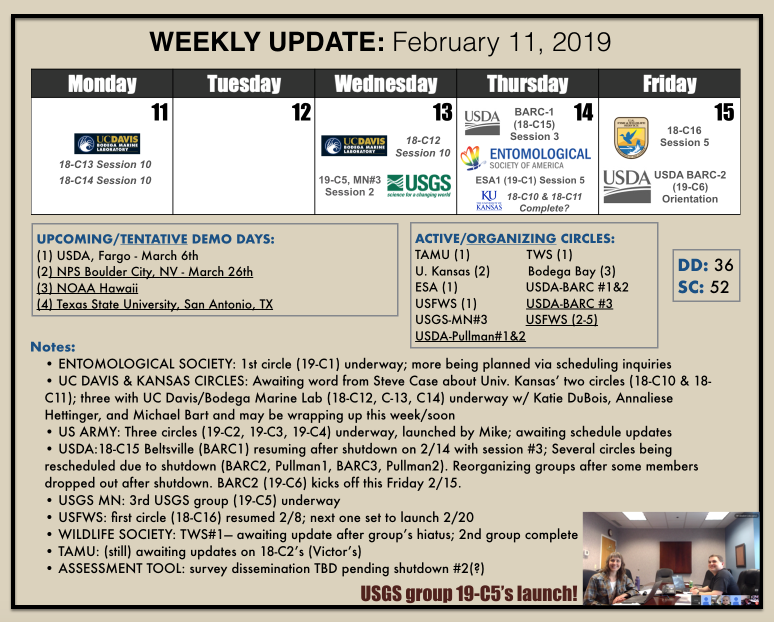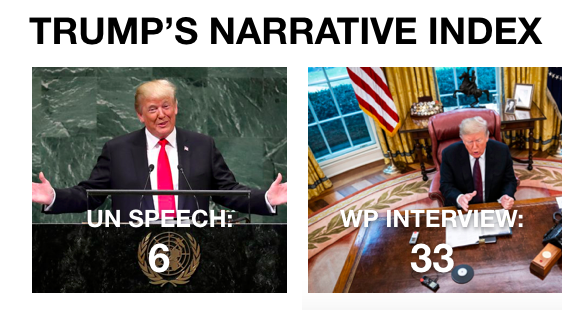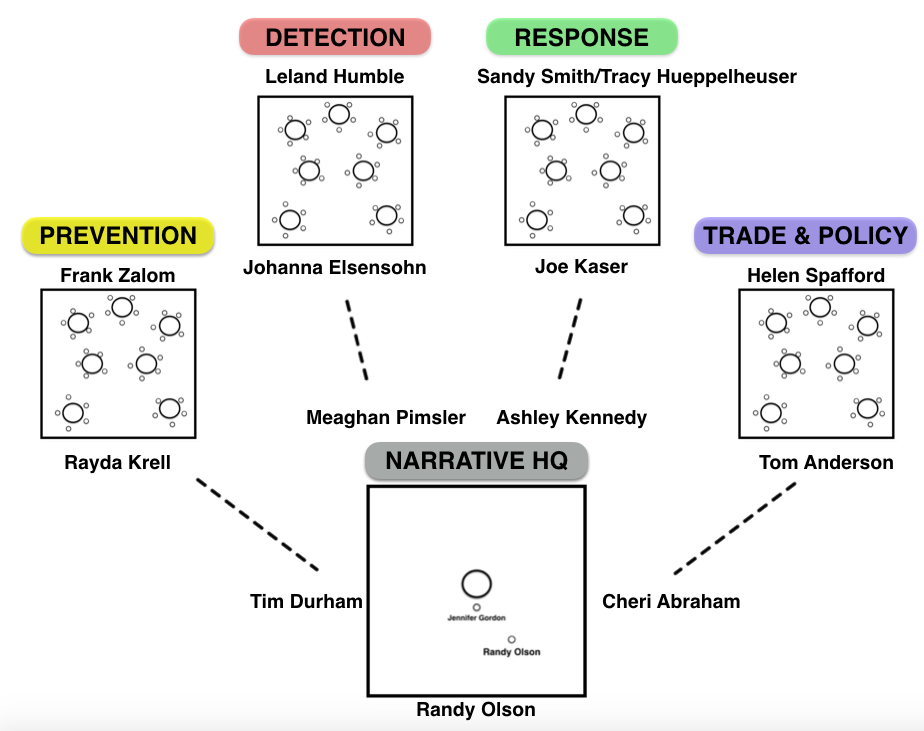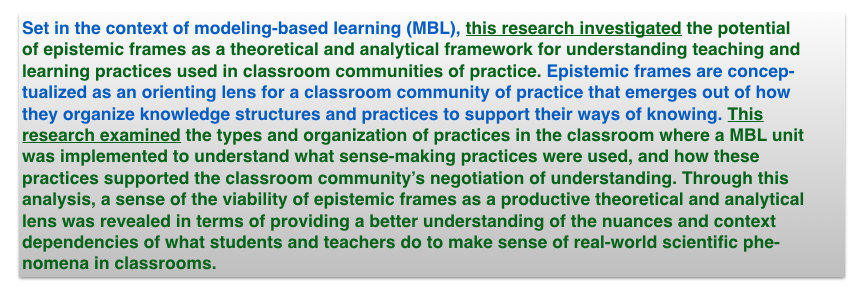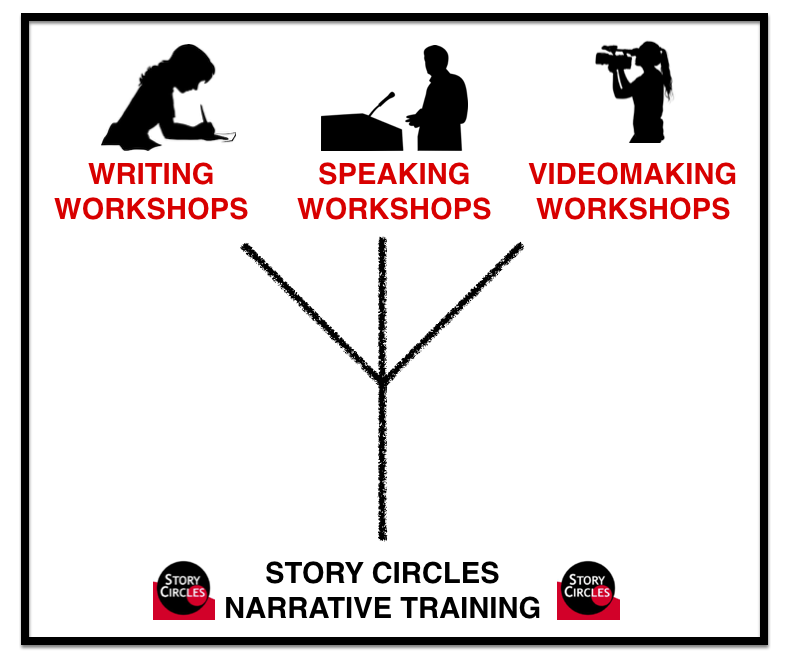It was right there in their questioning. If only they knew about the Dobzhansky “One Word” Template. The Democrats needed to control the narrative — steering it towards the broader issue of TEMPERAMENT, rather than just the specific issues of sexual assault and alcoholism. Mazie Hirono eventually hit on it, but it was too late. TEMPERAMENT was “the Christmas tree,” to use the terminology of Dave Gold’s great Politico article last year. The other stuff should have been just ornaments. They missed it because they had no clear strategy. As Obama said in 2012, they needed to, “Tell a story to the American people,” and the theme of that story needed to be TEMPERAMENT.
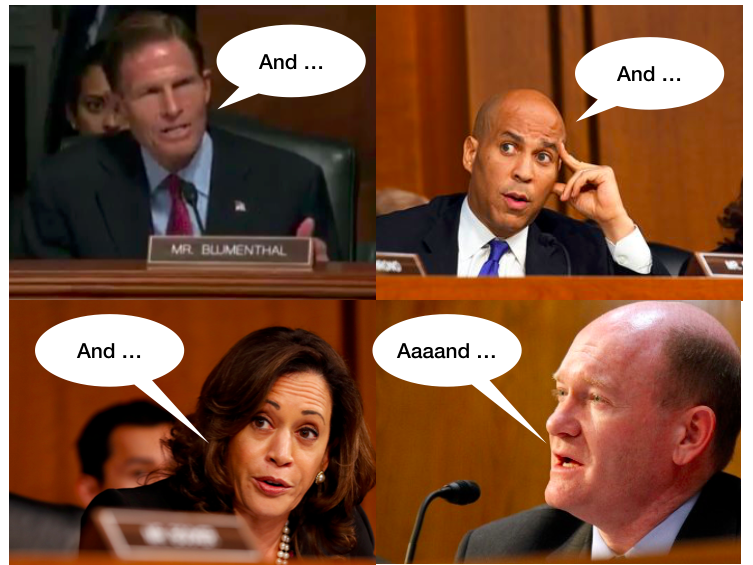
The ten Democrat senators had no clear overall strategy other than a shotgun blast of questions. They had no singular ABT.
TO TELL A STORY TO THE AMERICAN PEOPLE
In 2012, when asked what was the biggest failure of his first term, President Barak Obama said the following:
“The mistake of my first term. . .was thinking that this job was just about getting the policy right. And that’s important, but the nature of this office is also to tell a story to the American people …”
So what was the story the ten Democratic senators told the American people on September 27 in the hearing for Brett Kavanaugh?
Rather than presenting a clear ABT structured narrative (Kavanaugh wants to be a Supreme Court judge AND a supreme court judge needs to have the right temperament, BUT he doesn’t, THEREFORE he needs to be rejected), they took a shotgun approach and ended up with a laundry list of complaints.
HOW THEY “AND, AND, AND-ED”
Examining the transcript, here’s the basics of what 10 Democratic senators covered in their 5 minute segments.
FEINSTEIN – FBI
LEAHY – DRINKING – Mark Judge
DURBIN – FBI (ask McGahn)
WHITEHOUSE – DRINKING – yearbook references
KLOBUCHAR – DRINKING – high school, college
COONS – DRINKING – Liz Swisher, FBI
BLUMENTHAL – HONESTY, CONSPIRACY, DRINKING, FBI
HIRONO – TEMPERAMENT, DRINKING
BOOKER – DRINKING, CONSPIRACY
HARRIS – FBI, Gorsuch, CONSPIRACY
BY TOPIC:
FBI – Feinstein, Durbin, Coons, Blumenthal, Harris (5)
DRINKING – Leahy, Whitehouse, Klobuchar, Coons, Blumenthal, Hirono, Booker (7)
CONSPIRACY – Blumenthal, Booker, Harris (3)
CHARACTER – Blumenthal, Hirono (2)
It’s was a bunch of stuff, but no single, consistent, repeatable theme emerged.
WHAT’S OUR THEME GOING TO BE?
In a perfect world, that morning, before the hearings began, the 10 senators would have met in a room to lay out their strategy. At this point Senator Mazie Hirono would have spoken up, saying the one word she did say three times during her segment that afternoon — “TEMPERAMENT.”
The group would have thought this through, then said, “Great word — it has human qualities and is central to the qualifications for a lifetime appointment to the Supreme Court. All of what we have for criticisms of Kavanaugh can be tied together under that one umbrella term, so let’s make it our theme for the day.”
Then the LEADER (something that’s clearly lacking in the Democratic party) would have figured out how to have the group “tell a story” that would have had a beginning, middle and end. The leader would have said:
“Okay, Feinstein, you’re going first — you begin by explaining to the American people what TEMPERAMENT is and why it’s central to being a judge. After her set up, then each of you need to connect your line of questioning to this one word theme. Whitehouse, when you read the entries from his yearbook, explain how that material reflects on his TEMPERAMENT. Harris, when you compare his process to Gorsuch, explain how Gorsuch had the right TEMPERAMENT to be a Supreme Court judge which made his confirmation easy, but Kavanaugh does not. Blumenthal, instead of rambling through four topics, pick one that no one else has covered and relate it to TEMPERAMENT. Then Harris, you’re last, so give us an ending to our story by pulling everything together, saying that we feel all of what we’ve heard today underscores our belief that Judge Kavanaugh lacks the TEMPERAMENT to be on the Supreme Court.”
Furthermore, this leader/narrative coach would have said, “If by some miracle we get lucky enough for this guy to lose his cool and present to the American public a live demonstration of his poor temperament by, for example, asking Senator Klobuchar if she has ever blacked out from drinking, or by claiming he is the victim of a left wing conspiracy backed by the Clintons … then whoever is next should make an issue of it by saying, “THIS is exactly what we mean by your temperament being wrong.”
TEMPERAMENT would have been the story for the American public. Every newspaper would have carried the simple headline that the Democrats feel he lacks the TEMPERAMENT. And the authors of the bestselling 2012 book, “The One Thing,” would have been saying to themselves, “wow, they must have read our book!”
But that’s not what happened.
HIRONO KNEW
I heard Senator Mazie Hirono on NPR that morning. Look at what she said:
“ … what really will be focused on is, as far as I’m concerned, Judge Kavanaugh’s credibility, character and candor. And before all this began, I already questioned his credibility.”
She was the one who knew best that the focus needed to be at the broader level than just his high school transgressions. She was saying, regardless of the accusations of Dr. Ford, she already had problems with him at the broadest scale. And this is why she, alone, eventually found her way to the key word of TEMPERAMENT.
If you search KAVANAUGH TEMPERAMENT now, what you’ll see is a tidal wave of articles, but they all begin after the hearing. Which is a shame. Had the Democrats come up with a strategy, they could have started talking about TEMPERAMENT several days before the hearing. That would have “planted” their theme in advance, getting ready for the hearing.
All of which would have established the simple core narrative, and allowed the senators to TELL A STORY to the American people. Just as Obama said should happen.
But they didn’t. The Democrats are just so totally narratively adrift these days. It’s painful to watch.

 TRUMP SLUGS AWAY AT REPORTERS AND FAKE NEWS. Almost nobody scores over 30 for the Narrative Index. It reflects his rage.
TRUMP SLUGS AWAY AT REPORTERS AND FAKE NEWS. Almost nobody scores over 30 for the Narrative Index. It reflects his rage.
